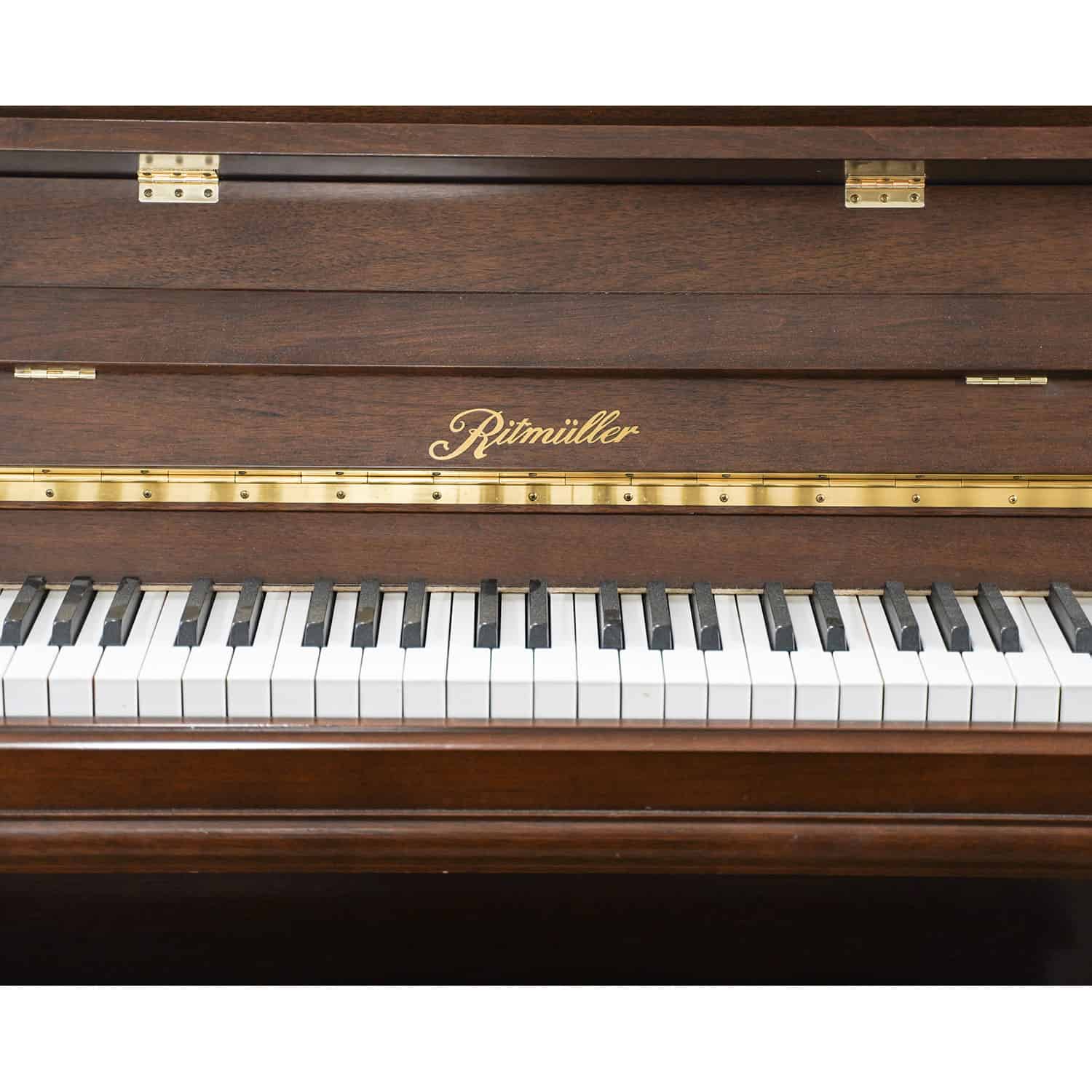 The Concept
The Concept
Shigeru knew that this new breed of piano would have to be technically more advanced in every area to win the approval of both musicians and technicians. This would include the types of wood chosen, how it was dried, and processed. It would include the action design and durability. It would also include soundboard shape and scale design. And above all else, it would need to be constructed at such a high level of excellence that its quality would never be questioned.
The wood began to be stockpiled in the early 1970’s, including a selection of mahogany, matoa, hard-rock maple, boxwood, hornbeam, ezo spruce, and sitka spruce. This original stockpile was left to dry for more than 25 years for the ultimate in stability.
The rim would be built of the hardest, most dense material possible, and even in the smaller models, rival the thickness and strength of a typical 9′ concert grand. Using Matoa and Hard-Rock Maple, Shigeru Kawai’s are made of the densest rim in the world. Though not quite as thick and strong as Mason & Hamlin’s CC model, the Shigeru rim is capable of an equal level of tonal reflection and structural stability, and exceeds the density and rigidity of Steinway’s Model D.
The soundboard would be made of Ezo Spruce, a native Japanese spruce tree that grows on just a few islands in the country’s north. This wood is a very slow-growth tree with exceptional tonal properties. The grain is very consistent and amongst the narrowest growth rings in the world. It is exceedingly even in its response, and when combined with an ultra-dense rim, was capable of generating well above-average sustaining times.
The action also needed to be of an entirely new design. The Millennium III action now found in many of Kawai’s other grand pianos was actually first developed for the Shigeru Kawai project. Its objectives were clear: maximum control and consistency, extremely quick repetition speed, and well-suited to any style of playing. The introduction of carbon-composite actions allowed for a new standard of precision, and over 100 hours of regulating PER PIANO by a Master Piano Artisan achieved a tolerance that could then be maintained for years (without the variable of wood).
The bridge would be created in the same style as Hamburg Steinway and Fazioli: triple-capped with vertically laminated lengths consisting of mahoganies, maples, and beeches. This would allow maximum transference from the string to the soundboard, but also allow for lateral sympathetic transference along the length of the bridge as well. The result is a surprisingly active and colourful palette in the lower dynamic range.





 The Concept
The Concept












